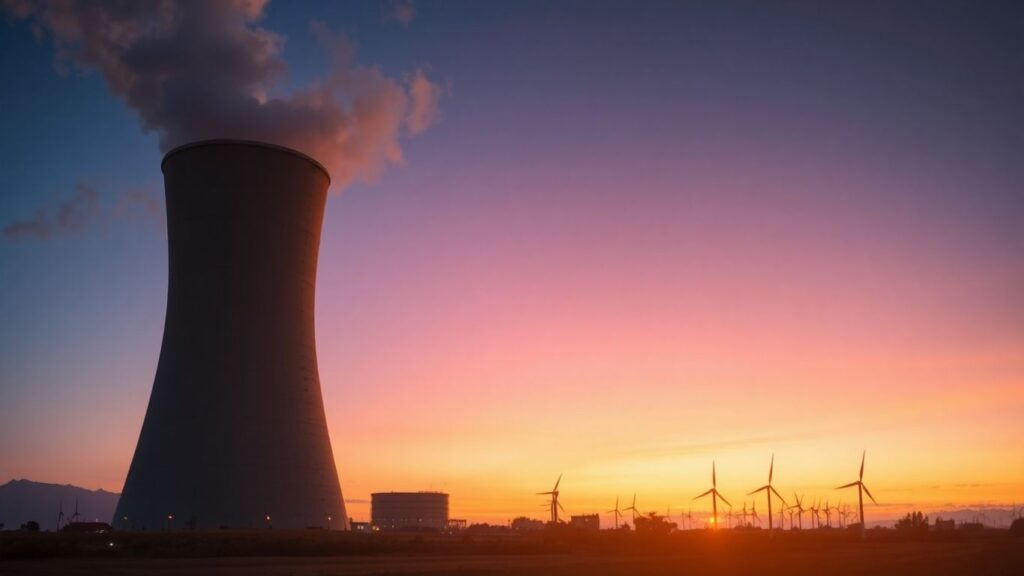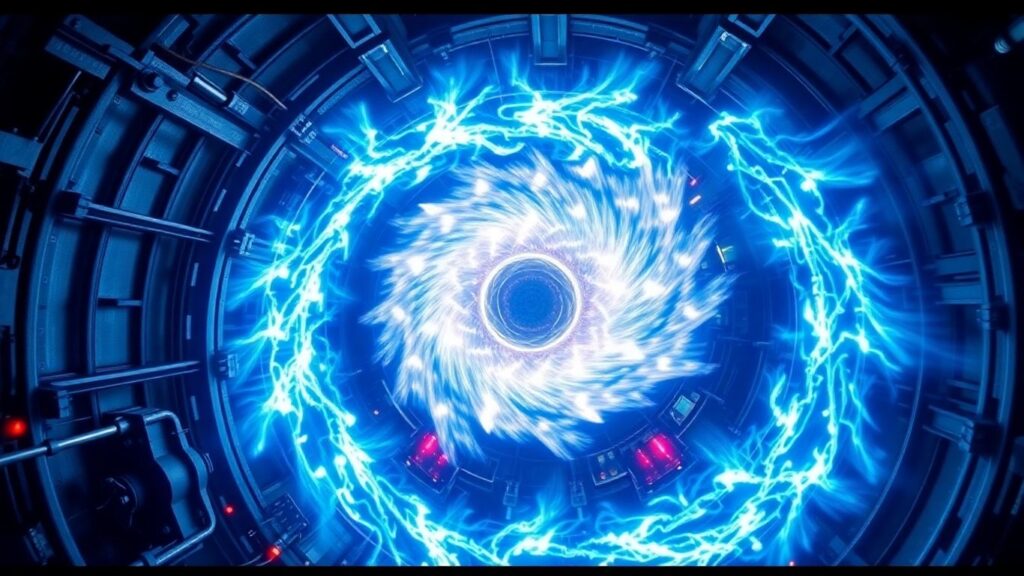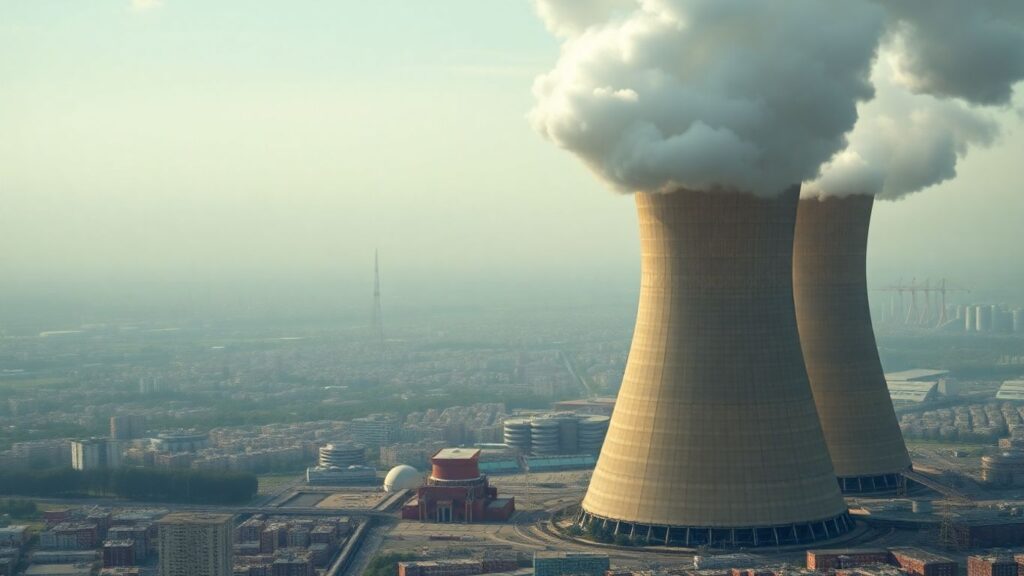Major technology companies are making significant investments in nuclear power to meet the escalating energy demands of artificial intelligence development. Faced with the immense electricity needs of AI data centers and ambitious climate goals, tech giants like Microsoft, Google, Amazon, and Meta are turning to nuclear energy as a reliable, carbon-free power source. This strategic shift involves both revitalizing existing nuclear facilities and investing in next-generation reactor technologies.
Key Takeaways
- Big Tech companies are partnering with nuclear energy providers to secure vast amounts of electricity for AI data centers.
- Investments range from reopening retired nuclear plants to funding the development of advanced small modular reactors (SMRs).
- Nuclear power offers a consistent, low-emission energy source crucial for AI’s 24/7 operational needs.
- Challenges include the long timelines for building new reactors and the high costs associated with nuclear projects.
The AI Energy Crunch
The rapid advancement and deployment of artificial intelligence have created an unprecedented demand for electricity. AI data centers require enormous and constant power, pushing tech companies to seek solutions beyond traditional renewable sources like solar and wind, which can be intermittent. Companies like Google and Microsoft, which have pledged to achieve net-zero emissions, are finding that their existing green energy investments are insufficient to cover the burgeoning needs of AI.
Reopening Old Powerhouses
Microsoft has made a notable investment of $1.6 billion to restart a reactor at the Three Mile Island nuclear plant in Pennsylvania. This facility, historically significant due to a partial meltdown in 1979, is being rebranded as the Crane Clean Energy Center. Constellation Energy, the owner of the plant, highlights that reopening an existing site is significantly faster and cheaper than constructing a new one. Similarly, Meta has secured a 20-year deal with Constellation Energy to power its AI and computing needs, expanding the output of a nuclear plant in Illinois.
Investing in the Future: Small Modular Reactors
Beyond existing infrastructure, tech giants are also backing the development of advanced nuclear technologies, particularly small modular reactors (SMRs). Google is funding Kairos Power, which is developing reactors using fuel pebbles instead of traditional fuel rods, aiming for enhanced safety and efficiency. Amazon has invested in X-energy, another company focused on creating smaller, more standardized reactors. These SMRs are envisioned as being quicker and less expensive to build than conventional plants, though many are still in the demonstration phase.
Challenges and Outlook
Despite the enthusiasm, significant hurdles remain. Critics point out that many advanced reactor designs do not yet exist commercially and that building new nuclear plants, even SMRs, can be a lengthy and costly process. Experts caution that the timeline for these new technologies may not align with the immediate energy demands of AI. However, proponents argue that by supporting existing plants and investing in new designs, the nuclear industry can provide the reliable, clean energy necessary for the continued growth of AI while helping companies meet their climate objectives. The success of these ventures could signal a renaissance for nuclear power, driven by the insatiable appetite of the digital age.












